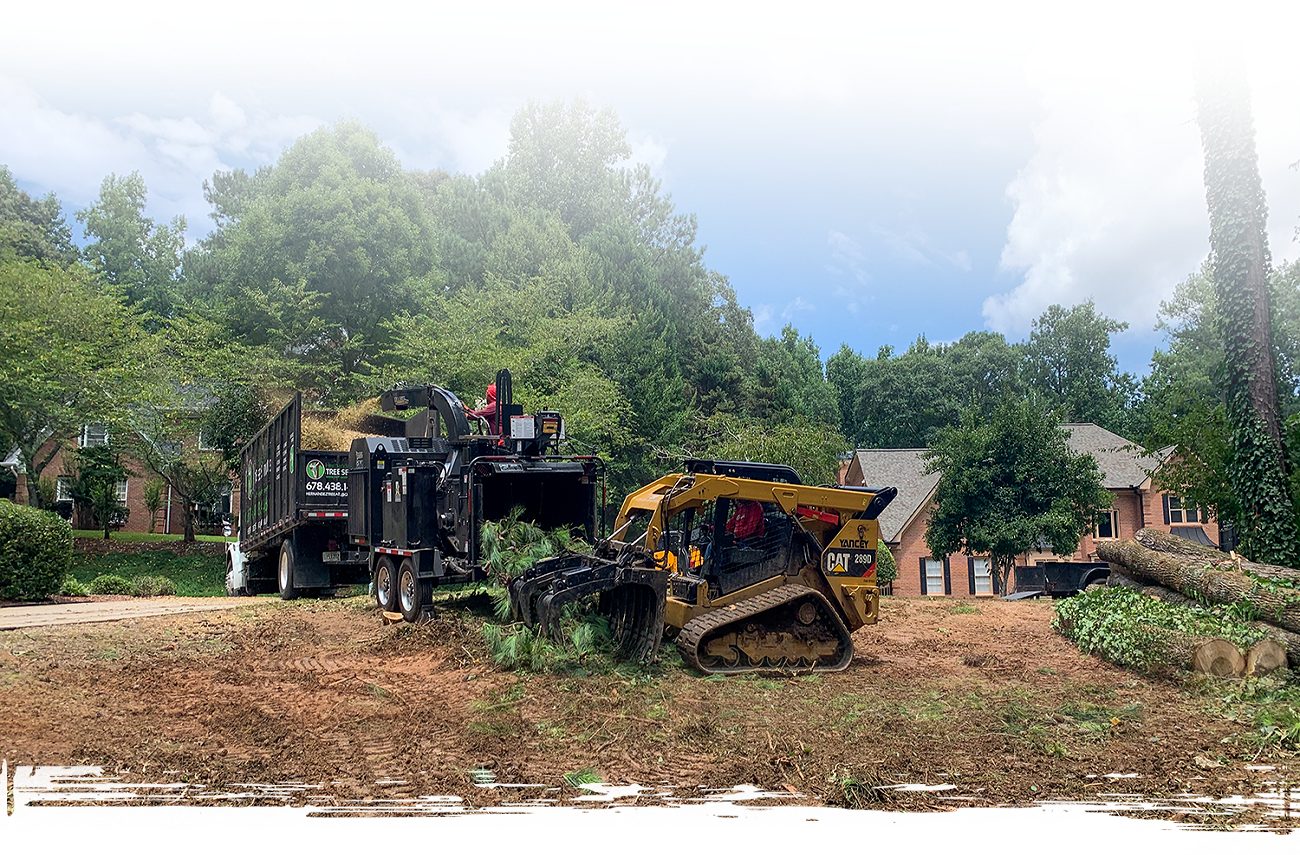Owning a swimming pool can be a source of joy and relaxation, but there comes a time when circumstances change, and the once-loved pool becomes a burden.
Whether it’s due to maintenance costs, safety concerns, or a desire to repurpose the space, pool demolition services offer a practical solution for removing your swimming pool.
In this comprehensive guide, we’ll explore the various aspects of pool demolition, helping you decide to say goodbye to your aquatic oasis.

Content
1. Reasons for Pool Demolition
Financial Considerations
Pools can be costly to maintain, with ongoing expenses related to water, chemicals, cleaning, and repairs. Removing the pool can provide long-term financial relief.
Safety Concerns
Especially relevant for families with young children or if the pool is no longer being used, removing a pool eliminates the risk of accidents and drowning.
Space Optimization
Reclaiming the pool area offers new possibilities for landscaping, extensions, or other outdoor amenities, enhancing the functionality and aesthetic of your property.
Environmental Impact
Older pools may be energy-inefficient and use harmful chemicals. Demolition allows you to opt for more sustainable and eco-friendly options.
2. Types of Pool Demolition
Partial Demolition
Also known as a “fill-in,” this method involves breaking up the pool’s concrete or gunite shell and filling the hole with dirt and gravel. This approach is more cost-effective but may have limitations regarding future land use.
Complete Demolition
It involves breaking down the entire pool structure and removing all debris from the site. This method provides a clean slate for future landscaping projects and maximizes land usage.
3. Hiring Professional Demolition Services
Expertise
Pool demolition requires specialized equipment and knowledge to ensure safe and efficient removal. Professional contractors have experience handling the complexities of demolition, including permits, equipment operation, and debris disposal.
Permits and Regulations
Depending on your location, permits may be required for pool demolition. Professionals are well-versed in local regulations and can expedite the permit process.
Safety Measures
Demolishing a pool involves potential hazards, such as electrical wiring, plumbing, and structural concerns. Trained professionals prioritize safety, minimizing risks for both the workers and property owners.
4. The Demolition Process
Initial Assessment
Professionals assess the pool’s construction, size, and location to determine the best demolition method. They will also provide an estimate of the cost and timeline.
Draining the Pool
The pool is drained, and any remaining water is properly disposed of according to environmental guidelines.
Demolition: Using specialized machinery, the pool’s structure is broken down and removed. The debris is hauled away, and the area is cleaned.
Filling and Compaction
For partial demolitions, the hole is filled with gravel and dirt in layers, ensuring proper compaction to prevent future settling.
5. After Demolition
Landscaping
With a clean slate, you can now explore landscaping options that suit your preferences and needs, such as gardens, patios, or outdoor entertainment spaces.
Property Value
While the initial cost of demolition might seem high, the increased usability and aesthetics of your property can boost its overall value.
Conclusion
Houston Pool Demolition offers a practical solution for reclaiming space, optimizing property use, and eliminating the costs and concerns associated with owning a swimming pool. Whether you opt for a partial or complete demolition, hiring professional contractors ensures a safe and efficient process. With your pool removed, you can transform your outdoor space into a functional and enjoyable area that aligns with your current lifestyle and preferences.

My name is Author Name. I post about home improvement ideas and how to make your home look beautiful and liveable. I hope my posts will help you with your DIY projects!












